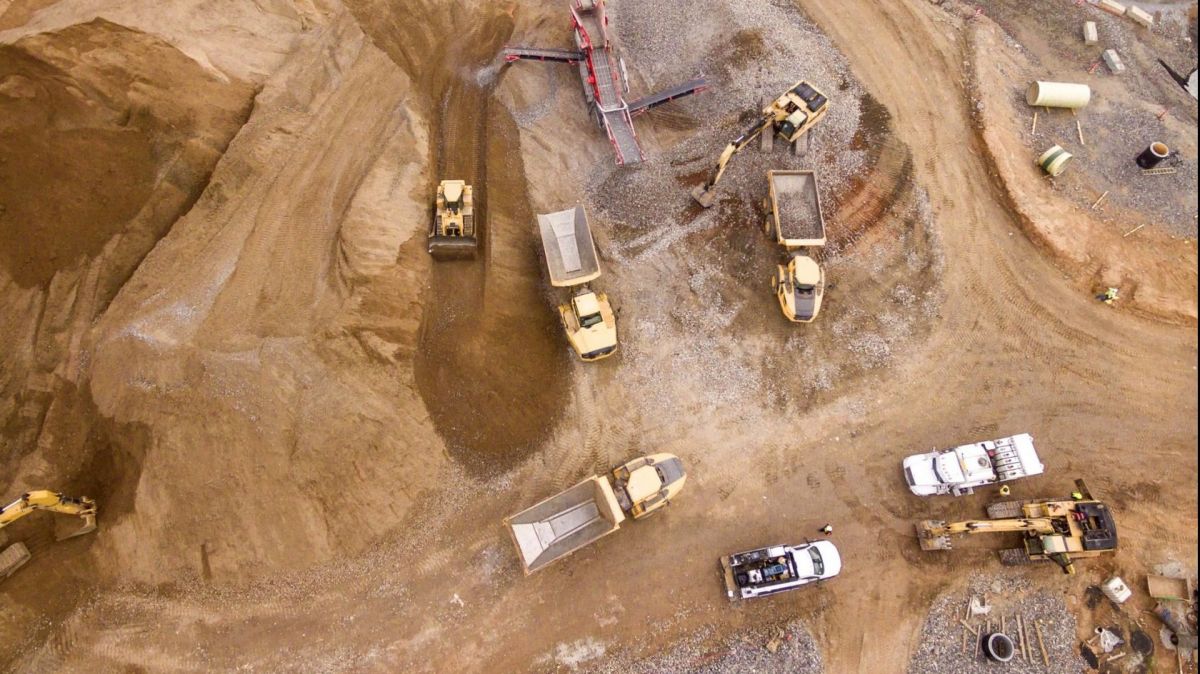The meeting sounds like a bunch of scientific bureaucrats sitting around somewhere discussing boring details, and probably for the most part it was exactly that. But Paul Crutzen was there, and he was not a man to suffer fools gladly.
“The different programmes were giving long reports of what they've been doing that year and the people that do the paleo stuff were going on and on and on,” Richardson continued. “We're in Cuernavaca, Mexico. It's hot. And the vice chair of this is Paul Crutzen, and at some point Paul just lost it.”
“They were saying, ‘Holocene, we're in the Holocene, and this has happened in the Holocene.’ And Paul just jumped up and said ‘But we're not in the Holocene any longer. We're in the...’ He was reaching for a word, and he said, ‘We're in the Anthropocene’!”
“Boing! Just like that! It happened right there.”
The new name got some support right away, but its implications were very big and science moves at its own deliberate speed. We were still officially in the Holocene, the epoch that began 11,700 years ago when Earth emerged from the last Ice Age, until last Tuesday .
That’s when scientists in the Anthropocene Working Group (AWG) presented hard evidence that human activity has changed the geology, atmosphere and biology of our planet so much that it has entered a new geologic epoch known as the Anthropocene. As Dorothy said to her dog in ‘The Wizard of Oz’, “Toto, I’ve a feeling we’re not in Kansas any more.”
We’re not in the Holocene any more. That golden interlude of warm, stable climate in which humans started farming, multiplied their population a thousandfold, and eventually created high-energy, hi-tech civilisations is at an end. Our numbers and our powers are now so great that they will determine the climate and even the sea level.
The Ice Ages that have come and gone regularly for the past two-and-a-half million years are over, cancelled by our greenhouse gas emissions. Our future is hotter, not colder, and how much hotter is largely in our own hands. That’s why Anthropocene is the right name: ‘anthropo-’ = ‘human’, so now we live in the Human Epoch.
“We are simply so big and so dominant that we now need to drive the vehicle,” said Johan Rockström, director of the Potsdam Institute for Climate Impact Studies. “We are just sitting there and not really recognising that we are the ones with the levers now. We are starting to understand how they work, but we are not using them, and it’s time to use them.”
Rockström is not actually advocating geoengineering here, but a number of other climate scientists have been driven to that conclusion by the accelerating changes in the climate system. As indeed was Paul Crutzen himself, who first went public with a call for scientists to consider geoengineering options in 2006.
It had been a taboo topic until then, but Crutzen’s Nobel Prize gave him the standing to broach the issue publicly. And it all does go together: if human activities are inadvertently changing the atmosphere and the biosphere in dangerous ways, many of which we didn’t foresee, then maybe we should also be willing to intervene to stop or reverse those changes.
This may seem far removed from the declaration of a new geological epoch, but the name-change is all about perspective. It is a way of making people realise that we human beings are now the decisive influence on how the whole Earth System evolves, and that we must pay constant attention to our choices if we want a climate that we can tolerate.
In the meantime, the Anthropocene has a few more hurdles to cross before it is formally acknowledged as our new geological epoch, but they have found the ‘golden spike’ that will serve as its defining natural phenomenon. It is Crawford Lake, a very deep limestone sinkhole not far from Hamilton, Ontario in Canada.
It’s the annual layers of sediment at the bottom of the little lake, undisturbed by currents because it is so small and so deep, that contain the evidence of the huge changes wrought on the environment by human beings since the 1950s, most notably the sudden jump in plutonium (from atomic bomb tests) and ‘fly ash’ from the steel mills in Hamilton.
There’s also lots of plastic waste in the sediments, of course, but mercifully nobody was tempted to rename our time the Plasticine Epoch.
Gwynne Dyer is an independent journalist whose articles are published in 45 countries.















